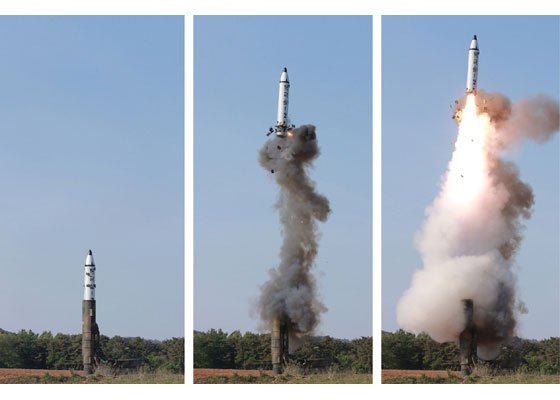Honda halts production at some plants after being hit by a cyberattack

Enlarge (credit: Yonkers Honda / Flickr)
Honda halted manufacturing at some of its plants around the world on Tuesday after being hit by a cyberattack that’s widely reported to be ransomware.
“Honda has experienced a cyberattack that has affected production operations at some US plants,” the automaker told Ars. “However, there is no current evidence of loss of personally identifiable information. We have resumed production in most plants and are currently working toward the return to production of our auto and engine plants in Ohio.”
Bloomberg News reported on Tuesday evening that production was suspended at car factories in Ohio and Turkey as well as at motorcycle plants in India and South America. The company, according to Bloomberg, was working to fix systems. The news outlet also said that Japanese operations weren’t affected and that other Honda plants in the United States have already resumed manufacturing.
Read 5 remaining paragraphs | Comments
